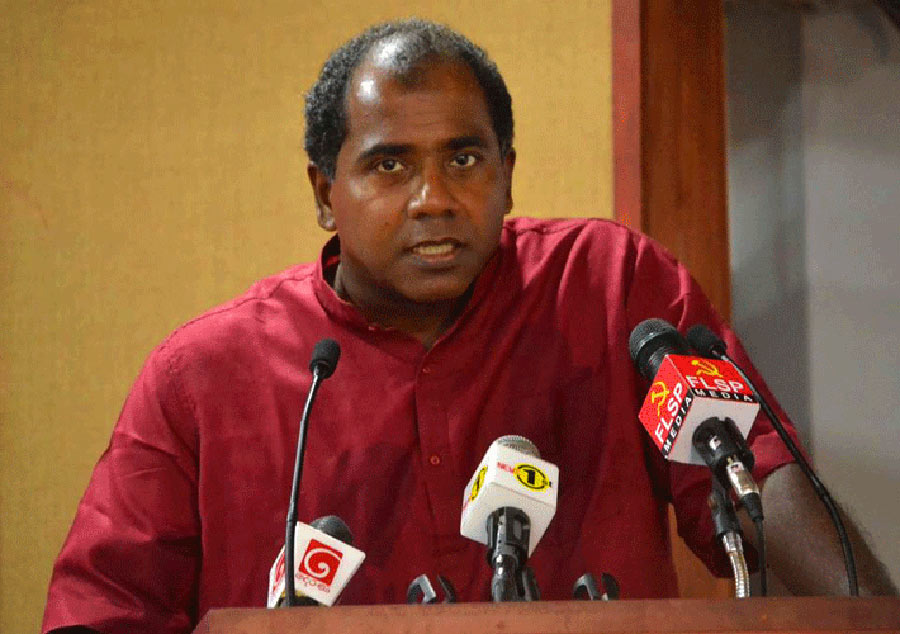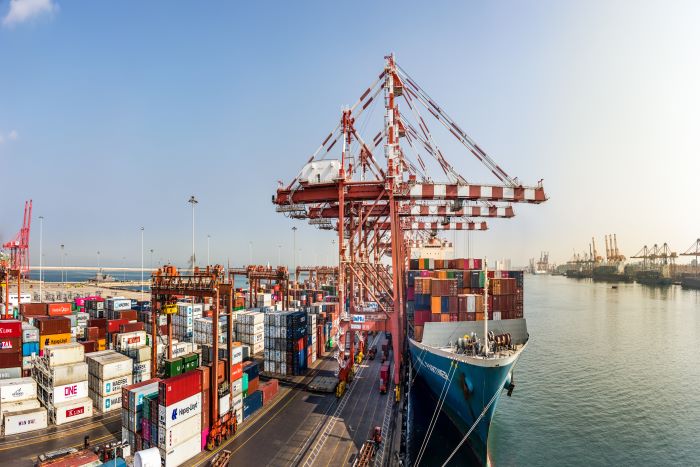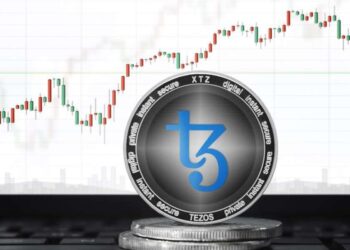The images of Sri Lankans protesting against President Gotabaya Rajapaksa’s regime are widely circulated on social media. With the skyrocketing inflation rates, the essential commodities like a loaf of bread is costing Rs 110. Dozens of Sri Lankans have already reached the shores of Tamil Nadu fleeing the island country which is now being considered as a sinking ship.
When did the crisis begin?
According to the economic analysts, Sri Lankan’s economic growth rate was on a decline from 2012, the GDP growth rate fell gradually post 2012.
Ahilan Kadirgamar, a political economist traces the downfall before 2012. He explains that the Sri Lankan economy was prone to crisis since liberalisations in the late 1970s. Sri Lanka is the first country to adopt neoliberalism and open its doors to the western markets. This led to the oppression of the minorities, and the depletion of trade unions and took away the jobs of hundreds in the country. The economic bubble soon vanished towards 1982.

Sri Lanka has a complicated history when it comes to maintaining peace and harmony in the country. The onset of civil war between Tamil Tiger insurgents, the Tamil speaking section and the Sinhalese speaking Sri Lankans diverted the state’s priorities to containing a war within the country. The 26 years long conflict ended in 2009. Under the Rajapaksa regime, it saw a stable inflow of capital. But the post-war growth declined eventually. Sri Lanka was still dependent on exports of tea and rubber which were already suffering due to a decline in global commodity prices.
However, the final blow came in 2019, after the Easter bomb blasts in three churches. It handicapped the most thriving industry of Sri Lanka, tourism. The tourist footfall was reduced by 18 per cent.
Policy Implementation Gone Wrong

In 2019, the Rajapaksa government aiming for its victory announced a cut in the Value Added Taxes from 15 per cent to 8 per cent. He cut the “nation-building” tax by 2 per cent and abolished the economic service charge and Paye tax. The result of it was detrimental as it was at the lowest in terms of receiving indirect taxes revenue just before the pandemic. The GST/VAT revenues fell from 443,877 LKR million in 2019 to 233, 286 LKR million in 2020.
The Pandemic Affect
The pandemic hit the already wobbly economy of Sri Lanka rather brutally. The industry that was majorly affected by it was the tourism sector. Tourism revenue plunged. Sri Lankans lost their jobs globally further pushing the foreign exchange reserve towards exhaustion. The pandemic further forced the government to raise its budget expenditure.
The Debt-factor
Adding to the crisis, Sri Lanka has to repay about 4 billion dollars but its reserves have dipped to 2.31 billion dollars as of the end of February. It is down by around 70 per cent from the reserve it had two years ago.

China plays a huge factor as it is the fourth-biggest lender to Sri Lanka. It comes after international financial markets, the Asian Development Bank (ADB) and Japan. Over the last decade, China has lent Sri Lanka more than $5 billion for the construction of highways, ports, an airport and a coal power plant.
Impact on India
India’s 60 per cent of trans-shipment cargo is handled by Colombo port. At present, thousands of containers sent from India to Sri Lanka which includes the ones sent for its own consumption as well as trans-shipment cargo, have been lying uncleared at Colombo port as authorities are unable to bear the expenses to transfer containers between terminals. India is one of the largest trade partners to Sri Lanka.

India has traditionally been among Sri Lanka’s largest trade partners. Prior to the pandemic, India was the top tourism source for Sri Lanka. More than one-fifth of Sri Lanka’s total imports come from India.
Another factor is the geopolitical relevance the country holds for India. China’s influence is a cause of concern for India. India has already offered financial assistance of 2.4 billion dollars in the last three months.
Also Checkout: Common University Entrance Test and not 12th marks for admissions in undergraduate programmes across 45 central universities
















